Canned pumpkin shines as one of my kitchen’s most versatile ingredients throughout the year, not just during fall baking season. The possibilities extend far beyond traditional pumpkin pie. My recipes range from rich soups to indulgent desserts.
My years as a professional chef taught me the true potential of canned pumpkin in both sweet and savory dishes. This pantry staple’s magic lies in its flexibility. It adds natural sweetness to healthy recipes and creates moist desserts while bringing richness to savory meals. You can use it to make quick weeknight dinners or create unique flavors that will impress your guests. Let me share my tested techniques and favorite ways to turn this simple ingredient into unforgettable dishes.
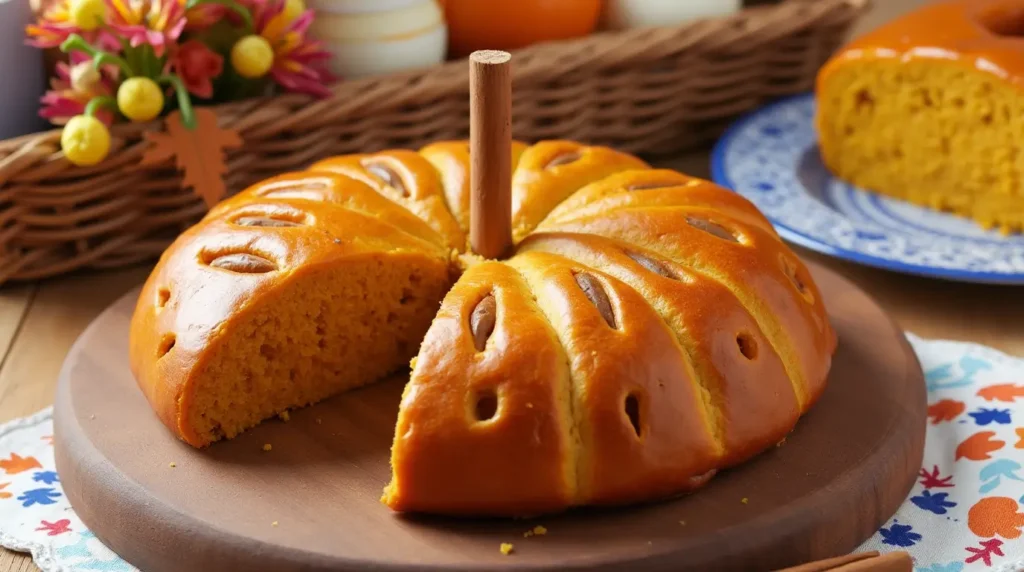
Table of Contents
Understanding Canned Pumpkin Basics
Let me share what I’ve learned about canned pumpkin through my years in the kitchen, particularly the differences and characteristics that make each type unique.
Different types of canned pumpkin products
My kitchen experience has taught me about two main types of canned pumpkin products. The first is pure pumpkin puree, which is 100% pumpkin with no other ingredients. The second type is pumpkin pie filling, which has sugar, spices, and other ingredients.
Each type stands out in its own way:
| Pure Pumpkin | Pumpkin Pie Filling |
|---|---|
| Single ingredient | Contains sugar and spices |
| Versatile for all recipes | Best for desserts |
| Neutral flavor | Pre-seasoned |
| Customizable | Ready to use |
How to select quality canned pumpkin
The quality of canned pumpkin varies widely. The FDA lets manufacturers use a mix of “golden-fleshed, sweet squash” varieties. My selection process focuses on these quality markers:
- A warm reddish-orange color as with fresh pumpkin
- Thick, smooth consistency that holds its shape
- Sweet earthiness without bitter notes
- No metallic taste or odd smells
Storage and shelf life tips
Proper storage will give a lasting quality to canned pumpkin. My experience shows these storage methods work best:
- Unopened cans stay good for 3-5 years in a cool, dry place
- Transfer opened pumpkin to an airtight container within 2 hours
- Opened pumpkin stays fresh in the refrigerator for 5-7 days
- Frozen pumpkin keeps its quality for up to 3 months
I always look for spoilage signs before using stored pumpkin. Any cans with leaks, rust, bulging, or severe dents go straight to trash. On top of that, it’s crucial to discard opened pumpkin that shows odd smells, strange flavors, or mold.
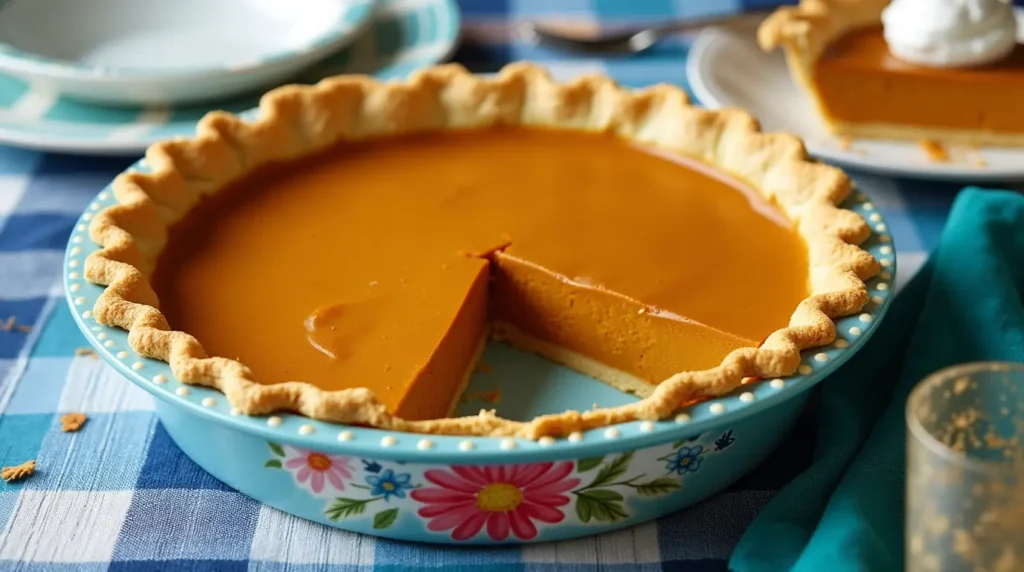
Essential Cooking Techniques
A professional chef’s experience has taught me how to turn ordinary canned pumpkin into extraordinary dishes by becoming skilled at basic cooking techniques. Let me share my tested methods that will give you perfect results.
Proper preparation methods
The secret to better canned pumpkin lies in how you prepare it. I start by cooking down the puree to concentrate its flavors. This process works just like reducing a sauce – it removes excess moisture and makes the natural pumpkin taste more intense.
One of my favorite techniques spreads the puree on parchment paper before roasting it. This approach brings out the pumpkin’s natural sweetness and creates deeper flavors.
Temperature considerations
The right temperature control is a vital part of getting the best results. Here’s my tested temperature guide:
| Cooking Method | Temperature | Duration |
|---|---|---|
| Roasting | 400°F | 2-3 minutes |
| Stovetop Reduction | Medium-low | 5-7 minutes |
| Moisture Removal | 350°F | 45 minutes |
Texture modification techniques
Managing moisture content makes a big difference in your recipes. I’ve found that too much water can ruin both texture and flavor. Here are my proven methods to get the perfect consistency:
- Stovetop Reduction: Heat the puree over medium-low heat and stir often to prevent scorching
- Straining Method:
- Line a fine-mesh strainer with cheesecloth
- Let puree drain for 30 minutes
Heating spices with the puree “blooms” their flavors and releases aromatic oils that improve the overall taste. This technique works great in both sweet and savory dishes.
The texture modification you choose depends on what you’re making. For baked goods, I suggest reducing the puree until it loses about half its volume. You’ll get a concentrated product that keeps your recipes from becoming too wet or dense.
Note that raw pumpkin has up to 90% water content, which makes these moisture control techniques vital for professional-quality results. With careful temperature control and proper texture changes, you can create dishes that show off the best of canned pumpkin.
Sweet Applications and Methods
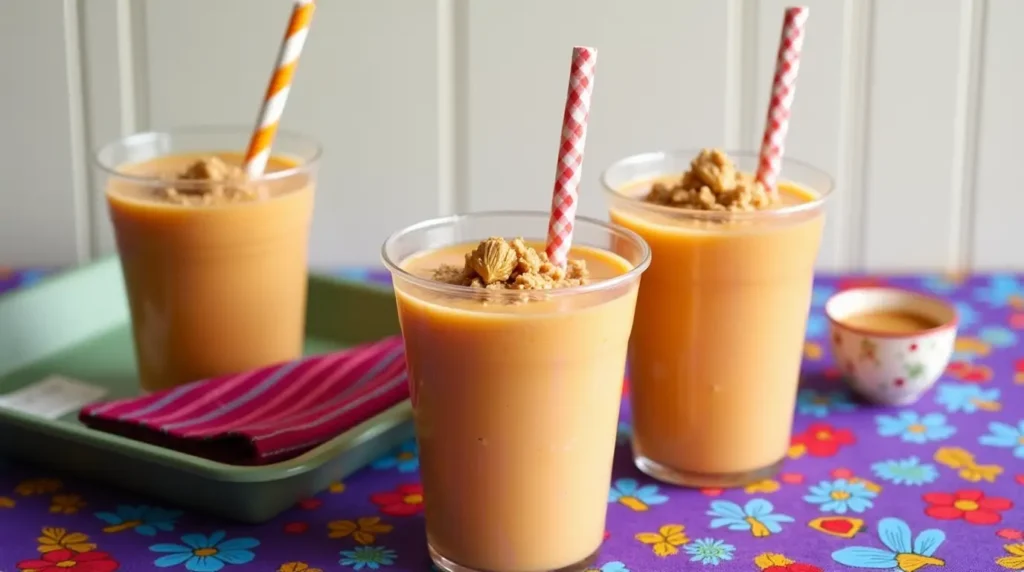
My first attempts at creating sweet treats with canned pumpkin taught me the importance of moisture content and temperature control. Over the last several years of testing in my professional kitchen, I’ve mastered these methods that give consistent, outstanding results.
Baking with canned pumpkin
Success with canned pumpkin starts with proper moisture control. The pumpkin filling needs cooking on the stovetop before baking to concentrate flavors and reduce excess moisture. This method will give a crisp bottom crust instead of a soggy one.
The best baking results come from following this temperature guide:
| Baking Method | Temperature | Purpose |
|---|---|---|
| Original Bake | High temp | Set structure |
| Final Stage | Lower temp | Prevent curdling |
Creating smooth pumpkin fillings
Silky-smooth pumpkin fillings need careful attention. Adding cream cheese creates an exceptionally creamy texture with a pleasant tang that improves the pumpkin’s flavor.
The perfect smooth filling comes from these key steps:
- Process the mixture in a food processor until completely smooth
- Press through a fine-mesh strainer to get ultimate smoothness
- Mix with emulsifiers like cream cheese to prevent graininess
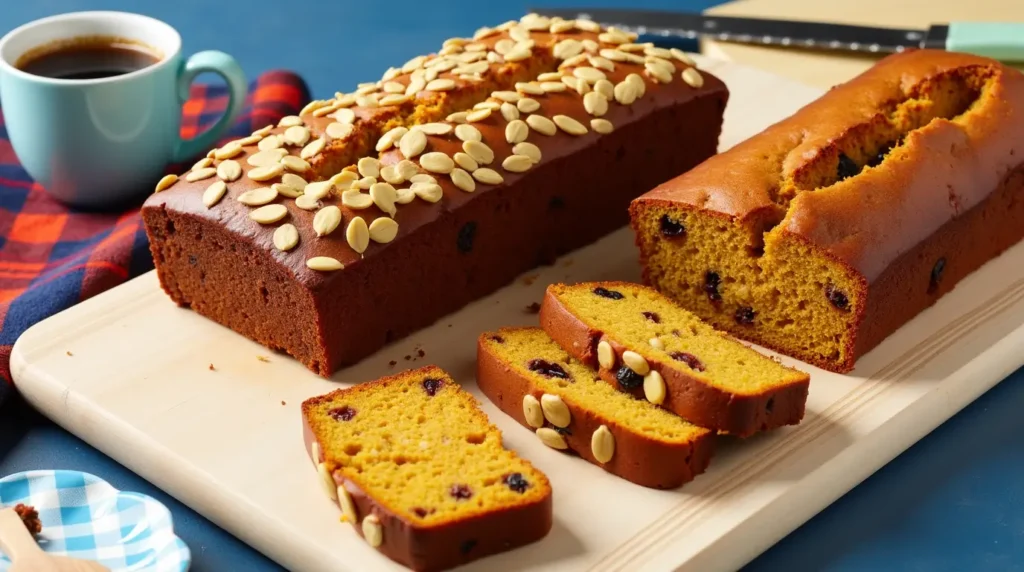
Pumpkin frosting and toppings
Traditional buttercream isn’t always the best choice. I found a simple yet impressive two-ingredient pumpkin frosting. You cook down pumpkin puree to concentrate its flavor and combine it with chopped chocolate. This creates a creamy, spreadable frosting perfect for beautiful swoops and swirls.
My experiments led to several winning frosting combinations:
- Brown butter cream cheese frosting adds nutty notes
- Pumpkin spice cream cheese frosting brings classic fall flavor
- Maple-ginger cream creates unexpected depth
Pumpkin-based frostings need careful temperature monitoring. The frosting should chill for 10 minutes before piping to maintain its shape. This step creates clean, defined patterns that stay in place.
Savory Cooking Applications
My professional kitchen experience has taught me that canned pumpkin works magic in savory dishes. The depth it brings to recipes surprises many home cooks. Let me share some techniques I use to create memorable dishes with this versatile ingredient.
Incorporating into main dishes
Canned pumpkin adds remarkable richness to main courses. My signature dish is a layered pumpkin lasagna that alternates roasted pumpkin with cherry tomato sauce and nutmeg-spiced spinach. I also make a fragrant pumpkin and chickpea curry by combining Thai yellow curry paste with lemongrass and coconut milk. This creates a low-calorie yet satisfying meal.
Creating pumpkin-based sauces
The real magic happens with pumpkin-based sauces. I’ve created a creamy pumpkin sauce that turns ordinary pasta into an autumn delicacy. Here’s my simple sauce framework:
- Base ingredients: shallots, butter, flour, light cream
- Aromatics: fresh sage, thyme, cinnamon
- Liquid components: chicken broth, pumpkin puree
These sauces pair beautifully with:
- Roasted chicken or pork
- Drizzled over avocado toast
- Tossed with roasted vegetables
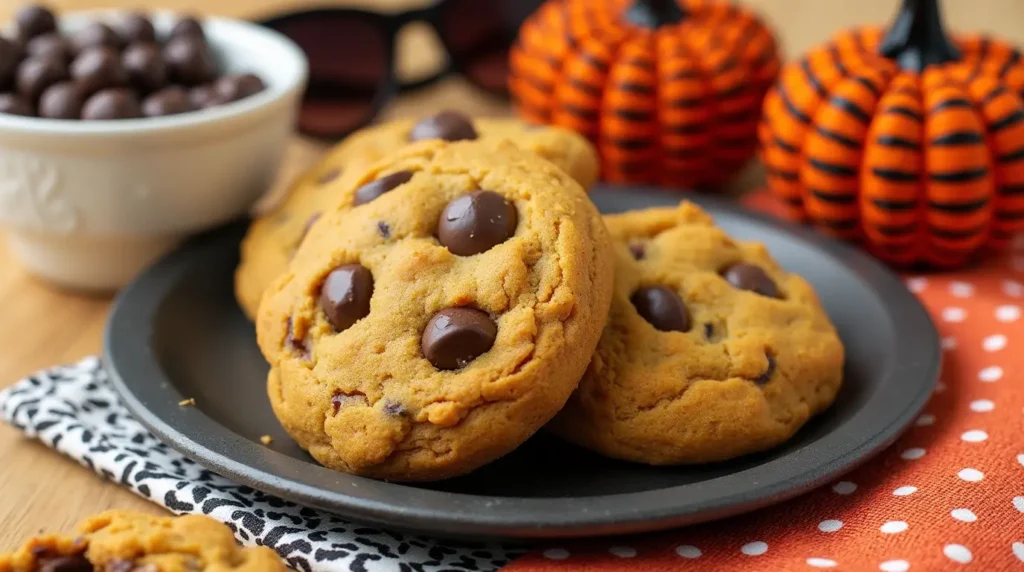
Seasoning and spice pairings
Most people link pumpkin with sweet spices, but savory seasonings can lift its natural flavors. Here’s my tested spice pairing guide:
| Spice/Herb | Flavor Profile | Best Applications |
|---|---|---|
| Cayenne | Warming depth | Stews, root vegetables |
| Turmeric | Bitter, binding | Curries, soups |
| Rosemary | Pine-like, earthy | Roasted dishes |
| Cumin | Warming, earthy | Chili, stews |
| Basil | Sweet, herbaceous | Pasta, curry |
These spices work best with complementary ingredients. Pumpkin pairs exceptionally well with crispy bacon in a potato puree. Chanterelle mushrooms create an earthy harmony with pumpkin dishes because of their shared fruity undertones.
My kitchen serves as a playground for unexpected combinations. A tablespoon of gochujang mixed into pureed pumpkin creates a unique fusion that works wonderfully in pasta dishes. My restaurant’s fall menu features a decadent baked pasta that combines pumpkin with five different kinds of cheese.
Troubleshooting Common Issues
My professional kitchen experience has taught me a lot about working with canned pumpkin. Let me share some groundbreaking solutions I’ve found through years of experimentation.
Fixing texture problems
Raw pumpkin has up to 90% water content, which creates major texture problems in recipes. The biggest problem comes from excessive moisture that leads to soggy baked goods. Here are proven techniques to curb this issue:
- Paper Towel Method
- Layer 4 paper towels
- Spread pumpkin thinly
- Press with additional towels
- Roll puree off carefully
- Stovetop Reduction
- Simmer on low heat
- Stir regularly to prevent scorching
- Cook until volume reduces by half
Adjusting moisture content
Moisture management is vital to recipe success. Here’s my comparison chart for different moisture removal techniques:
| Method | Duration | Best For |
|---|---|---|
| Straining | Overnight | Pie fillings |
| Stovetop | 10-15 minutes | Quick fixes |
| Oven reduction | 5-7 minutes | Large batches |
The puree’s consistency needs testing before moving forward with any recipe. Additional reduction might be needed until you achieve the desired thickness.
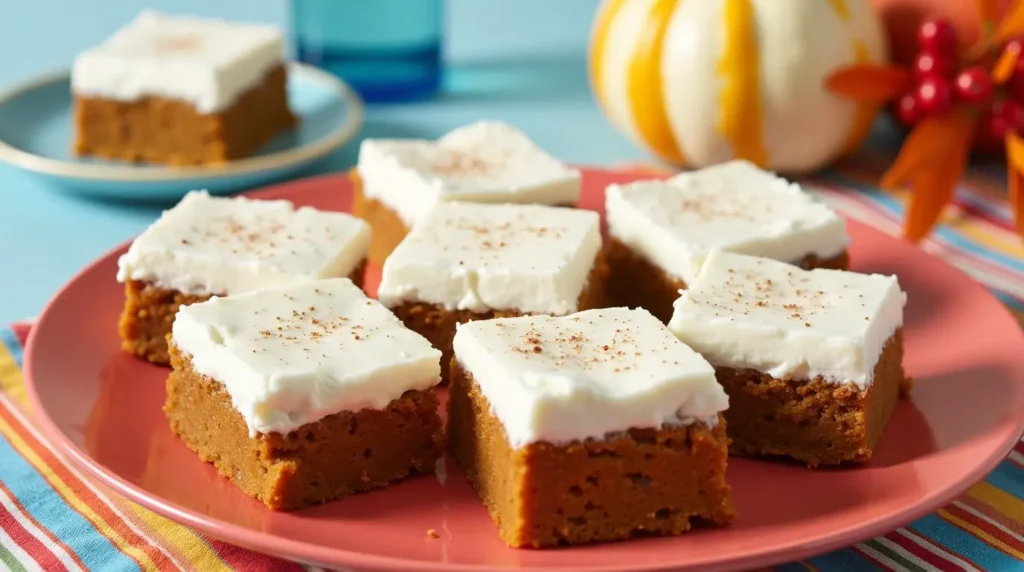
Balancing flavors
Flavor balance plays a significant role beyond texture concerns. Canned pumpkin often needs careful seasoning adjustments. Here’s my professional guide to improve flavors:
For Sweet Dishes:
- Start with small amounts of sweetener, as canned pumpkin has natural sweetness
- Add warming spices gradually
- Incorporate acid (like lemon juice) to brighten flavors
For Savory Applications:
- Use vinegar or citrus to lift flavors
- Add salt in small increments
- Incorporate warming spices like cumin or cayenne
Your dish might taste flat or one-dimensional. Here are some adjustments to think about:
- Too Strong or Pungent:
- Reduce cloves or allspice
- Increase cinnamon for balance
- Too Mild:
- Add more nutmeg
- Increase overall spice quantities
- Unbalanced Flavor:
- Adjust dominant spices
- Add complementary flavors
Tasting throughout the cooking process is essential. Spices need heating along with the puree to release their aromatic oils. This creates a more complex flavor profile.
My systematic approach starts with addressing moisture content before making flavor adjustments. This method gives consistent results across all recipes with canned pumpkin.
Conclusion
My years of working with canned pumpkin have shown me that this simple ingredient can do much more than just traditional fall desserts. The techniques I’ve tested to control moisture and boost flavor turn canned pumpkin into professional-quality dishes throughout the year.
You can create outstanding sweet or savory dishes by understanding pumpkin’s simple properties and using proper cooking methods. Temperature control and texture modification are crucial. This versatile ingredient shines in creamy pasta sauces and savory curry dishes, not just pies.
Moisture management plays a vital role regardless of your chosen method – stovetop reduction, straining, or oven-roasting. These core techniques combined with the right spice combinations will lift your pumpkin-based recipes from good to exceptional.
My professional kitchen experience shows that canned pumpkin belongs in your pantry permanently. You’ll quickly find your favorite ways to showcase this adaptable ingredient once you start with simple recipes and become skilled at moisture control.
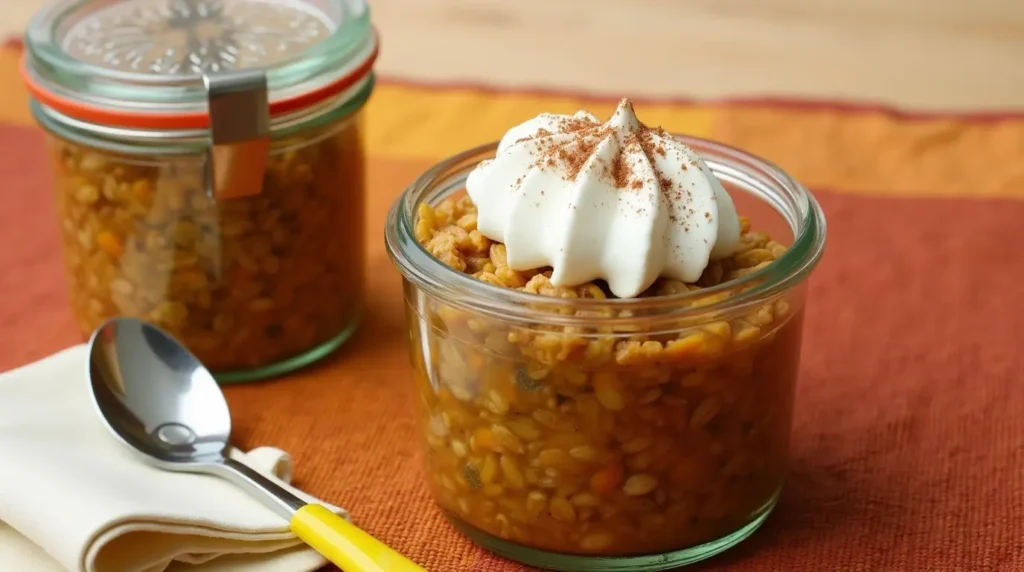
FAQs
Q1. What are some creative ways to use canned pumpkin beyond traditional pies? Canned pumpkin is incredibly versatile. You can use it in savory dishes like pumpkin risotto or curry, blend it into smoothies, stir it into oatmeal, or make pumpkin gnocchi with sage brown butter. It’s also great for baking muffins, breads, and even as a natural thickener for soups and sauces.
Q2. How long does opened canned pumpkin last in the refrigerator? Once opened, canned pumpkin can be stored in an airtight container in the refrigerator for 5-7 days. Be sure to transfer it from the can and label it with the date for best quality and food safety.
Q3. Can canned pumpkin be used in both sweet and savory recipes? Absolutely! Canned pumpkin works well in sweet treats like pumpkin bread or cheesecake, but it’s equally delicious in savory dishes. Try adding it to pasta sauces, chili, or even as a base for creamy soups. Its mild flavor pairs well with both sweet spices and savory herbs.
Q4. What’s an easy way to enhance the flavor of canned pumpkin? To boost the flavor of canned pumpkin, try cooking it down on the stovetop to concentrate its taste and reduce moisture. Adding warm spices like cinnamon, nutmeg, and ginger can enhance its natural sweetness, while herbs like sage or thyme work well for savory applications. A touch of salt can also help bring out its flavor.
Q5. Are there any quick breakfast ideas using canned pumpkin? Canned pumpkin makes for a nutritious and quick breakfast addition. Try stirring it into your morning oatmeal with some maple syrup and pumpkin pie spice. You can also blend it into smoothies, use it as a spread on toast, or make easy pumpkin pancakes by adding it to your regular pancake batter.
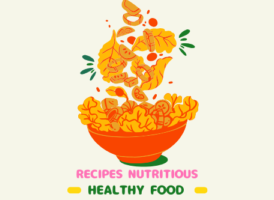
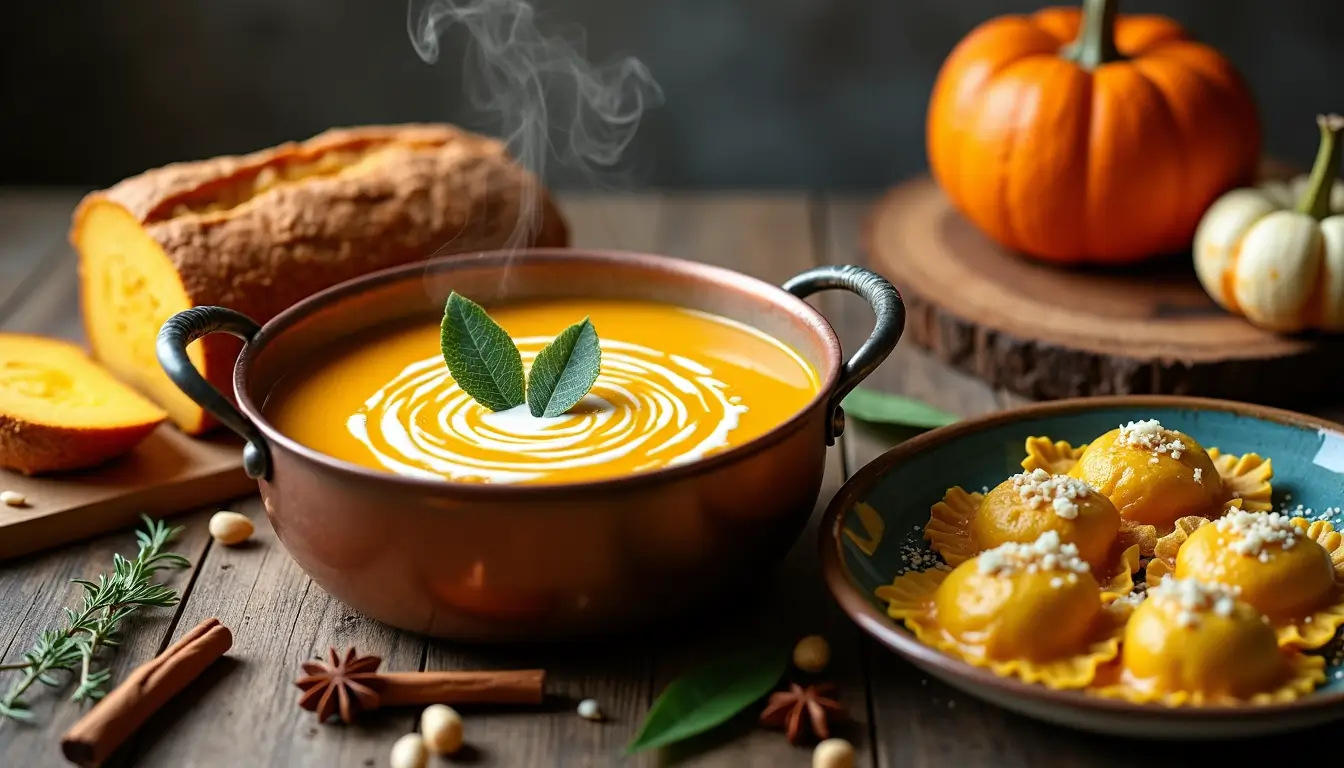
1 thought on “What to Make With Canned Pumpkin: Chef-Tested Recipes You’ll Love”
Comments are closed.